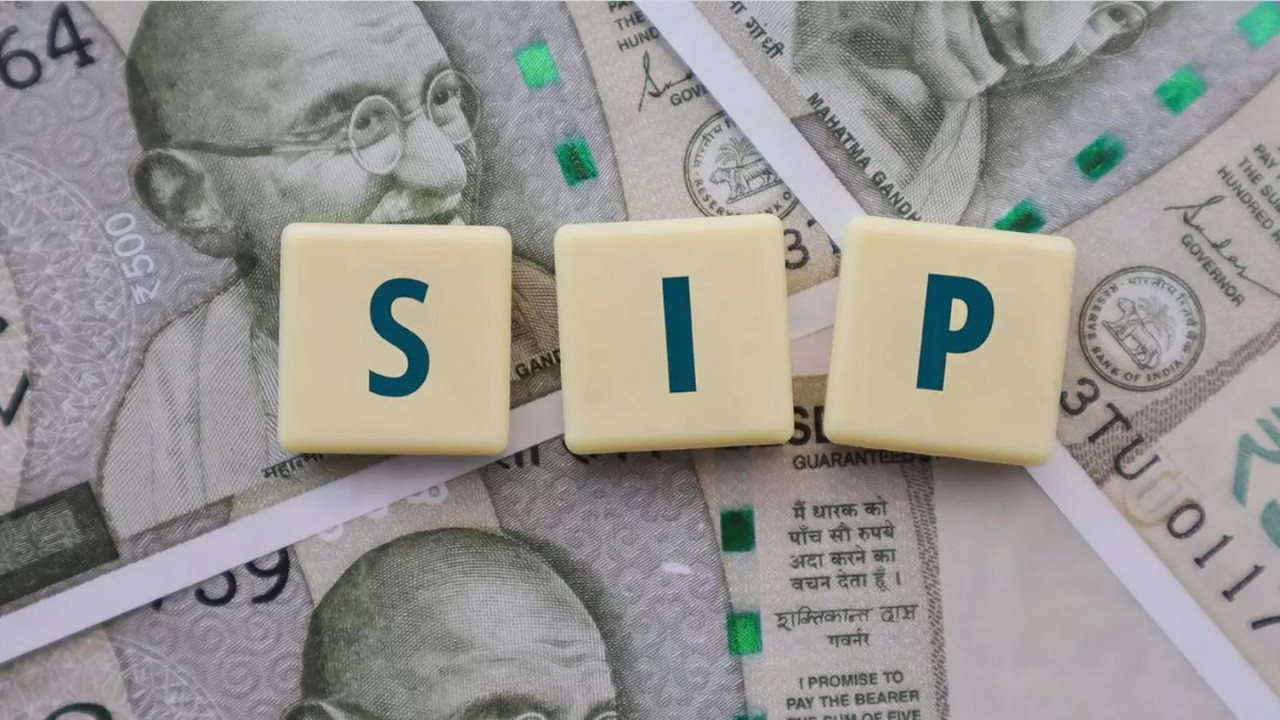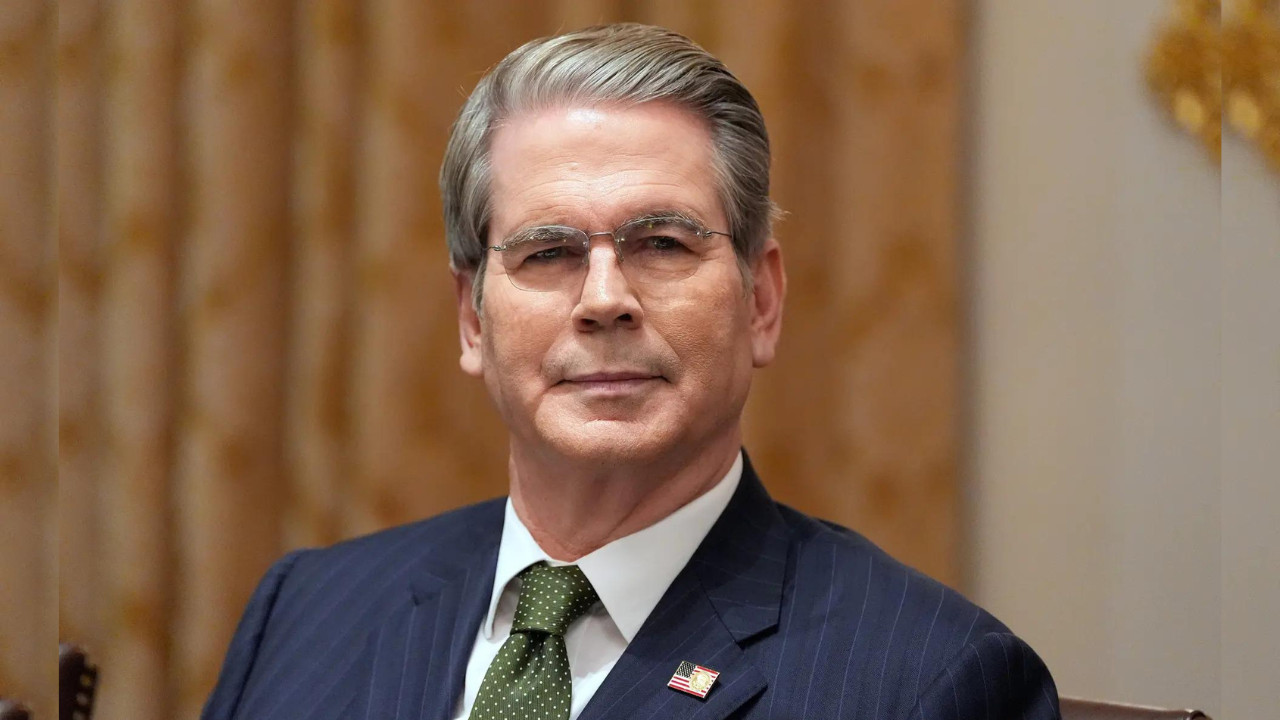Opec+ nations, including Saudi Arabia and Russia, will boost oil output by 137,000 barrels daily from December for three months. This modest rise, a pause in previous hikes, aims to secure market share amid steady prices and declining US shale.
OPEC’s Tightrope Walk: Balancing Production and Market Share
The global oil market is a complex beast, constantly shifting and reacting to a multitude of factors, from geopolitical tensions to technological advancements. Lately, the Organization of the Petroleum Exporting Countries (OPEC) has been walking a tightrope, carefully calibrating its production levels in an attempt to maintain stability and protect its market share. The latest development? A fresh, albeit modest, increase of 137,000 barrels per day (bpd) starting in December. But what’s driving this decision, and what does it mean for consumers at the pump?
This incremental production boost might seem insignificant on the surface, but it reflects a calculated strategy by OPEC. After weathering some fluctuating demands, the organization is keen to demonstrate its commitment to a balanced market. There is a complex interplay of factors driving their decision to make these adjustments. It seems to be a move to secure their market position amid shifting global energy dynamics.
One of the key elements influencing OPEC’s decision-making is the evolving landscape of US shale oil production. The US shale revolution, which saw a surge in domestic oil production, significantly altered the global energy equation. However, recent signs suggest a slowdown in the growth of US shale. This slowdown presents both an opportunity and a challenge for OPEC. The opportunity? To reclaim some of the market share lost to US producers. The challenge? To avoid flooding the market with excess supply, which could depress prices and hurt all producers, including themselves.

The shale slowdown isn’t the only thing on OPEC’s radar. The health of the global economy plays a crucial role in determining oil demand. A robust global economy typically translates to higher demand for oil, while economic slowdowns can lead to decreased demand. Therefore, OPEC must carefully monitor economic indicators and adjust its production levels accordingly.
The decision to increase production, even by a relatively small amount, is a delicate balancing act. OPEC aims to meet anticipated demand, particularly as winter approaches in the Northern Hemisphere (typically a period of higher energy consumption), without creating a supply glut that could negatively impact prices. This approach highlights OPEC’s commitment to market stability and its desire to avoid wild price swings.
The Impact on Consumers and the Future of Oil Prices
The ripple effect of OPEC’s production decisions can be felt all the way down to the individual consumer. While a 137,000 bpd increase might not immediately translate to drastic price changes at the pump, it’s a factor that contributes to the overall price environment. If demand remains strong, this increase could help to moderate any potential price spikes.
However, the future of oil prices is far from certain. Geopolitical events, unexpected disruptions to supply, and shifts in global economic growth can all have a significant impact. The ongoing transition towards renewable energy sources is another factor that will shape the long-term outlook for oil. As countries increasingly invest in wind, solar, and other clean energy technologies, the demand for oil is expected to gradually decline over time.
What’s Next for Oil Production and OPEC?
OPEC’s recent adjustment of its oil production strategy signifies the intricate dance it performs to balance supply, demand, and market influence. This is a crucial time for the energy market as the global economy shifts, impacting not just big players like OPEC but also how we consume fuel daily. This recent move is a clear indication of OPEC’s dedication to maintaining order in the energy markets.
This also highlights the importance of energy independence and diversification. Countries that rely heavily on imported oil are more vulnerable to price fluctuations and supply disruptions. Investing in renewable energy sources and developing domestic energy resources can help to reduce this vulnerability and ensure a more secure energy future. To delve deeper into global market forecasts, you might find our recent analysis of market trends insightful.
In conclusion, OPEC’s modest production increase is a reflection of the complex interplay of factors that shape the global oil market. As the world transitions towards a more sustainable energy future, OPEC will need to continue to adapt and evolve to maintain its relevance and influence.







